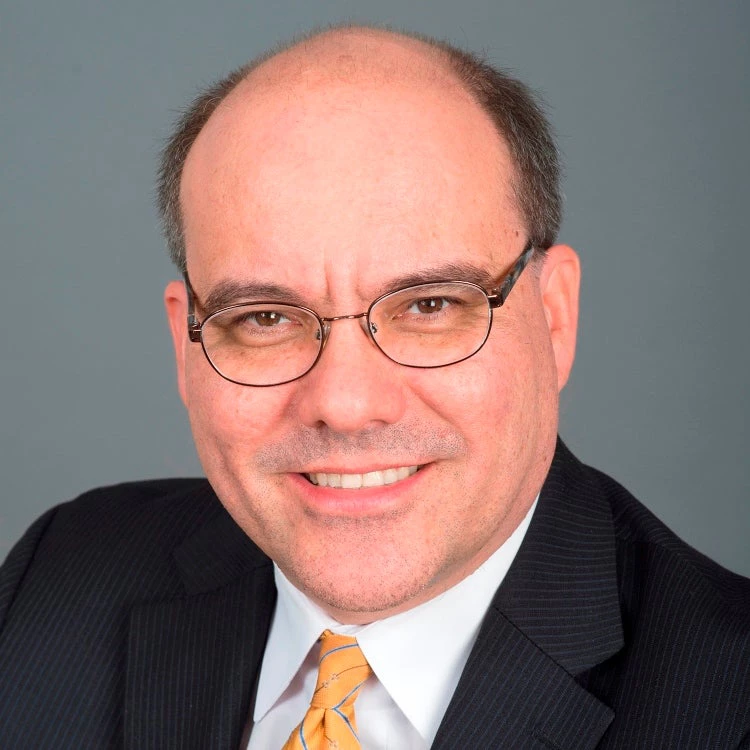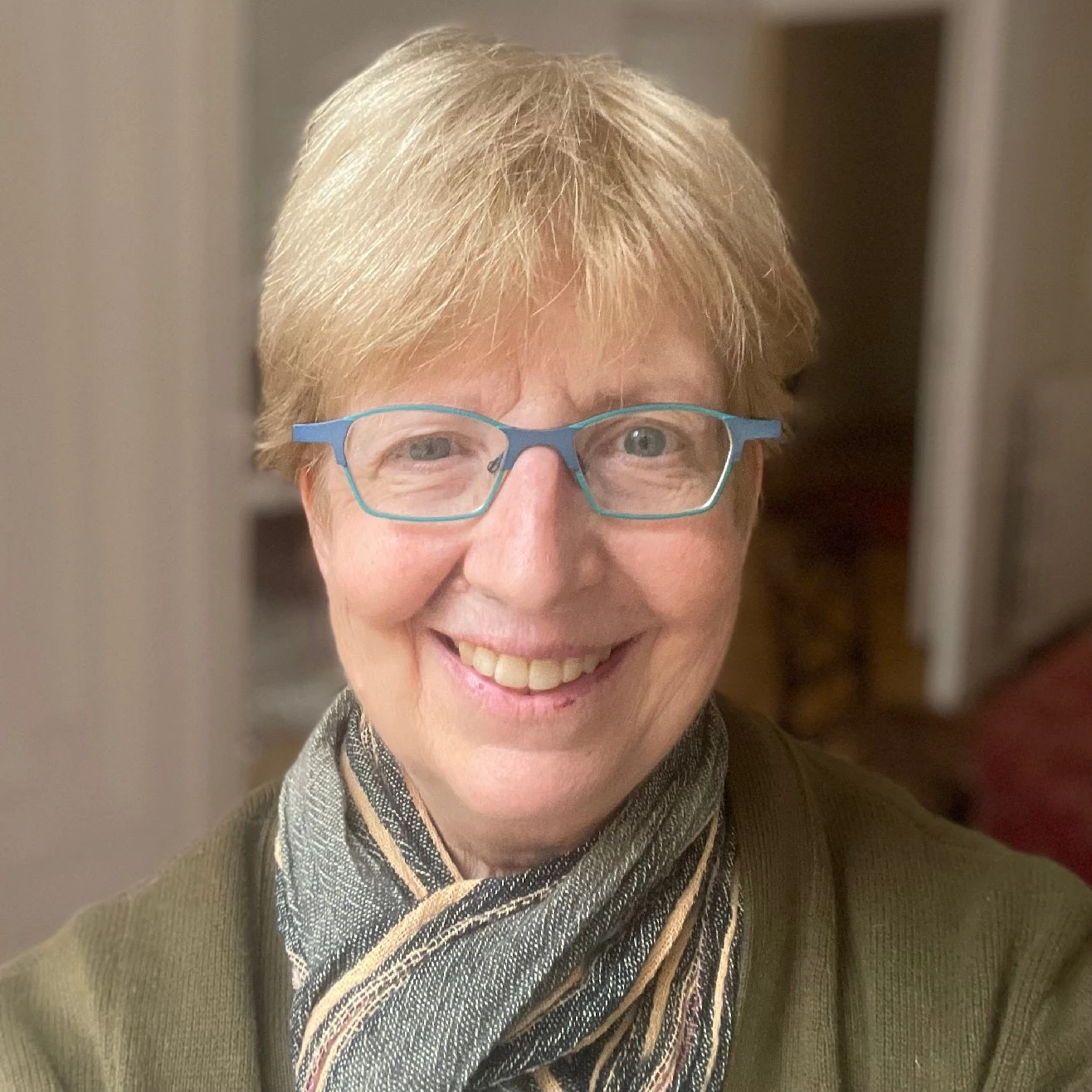Around the world, over 70 million people are forcibly displaced due to conflict, disasters, and violence. Approximately 60% of them are thought to live in urban areas. The urban story of forced displacement is compounded by its hidden nature: In cities, the forcibly displaced are often difficult to locate, since they live among their host communities.
The fluidity created by the rapid – and often hidden – influx of forcibly displaced persons to urban areas creates significant challenges for governments, host communities, and the displaced populations alike. Meanwhile, it also creates opportunities for a paradigm shift for humanitarian and development agencies, which are more used to engaging with “camps” and supplying aid directly to displaced individuals.
The confluence of the needs of the forcibly displaced and their hosts, coupled with the complexity of service delivery within urban areas, calls for a “place-based” approach to complement a “people-based” approach. We consider this as a “people-in-place” approach that addresses the complex spatial and physical (infrastructure) needs of the place, while addressing the economic, social, security, and human development needs of the people – both the forcibly displaced and their host communities.
Such a people-in-place approach also requires an understanding of the specific situation of the city or town: Is the impact localized or widespread? Is the city or town recovering from conflict? Is it a recipient of circular migration due to its proximity to a camp? Or, has the camp become a town?
These and other difficult yet necessary questions were discussed at the “2nd Technical Deep Dive on Planning Safe and Inclusive in the Context of Fragility, Conflict and Violence (FCV),” which took place in Japan from May 13-17, 2019. Watch a video with World Bank Senior Director Ede Ijjasz-Vasquez (@Ede_WBG), Lead Urban Specialist Soraya Goga, and Lead Urban Specialist Ellen Hamilton to learn more.
Updated in July 2019: In this video, Jefferson Koije (Mayor of Monrovia, Liberia), Ellen Hamilton (World Bank Lead Urban Specialist), and Phil Karp (World Bank Lead Knowledge Management Officer) discuss how cities can address these crucial aspects of urban resilience.
READ MORE:
- Blog post: Managing urban forced displacement to build resilient communities
- Subscribe to our Sustainable Communities newsletter
- Follow @WBG_Cities on Twitter





Join the Conversation